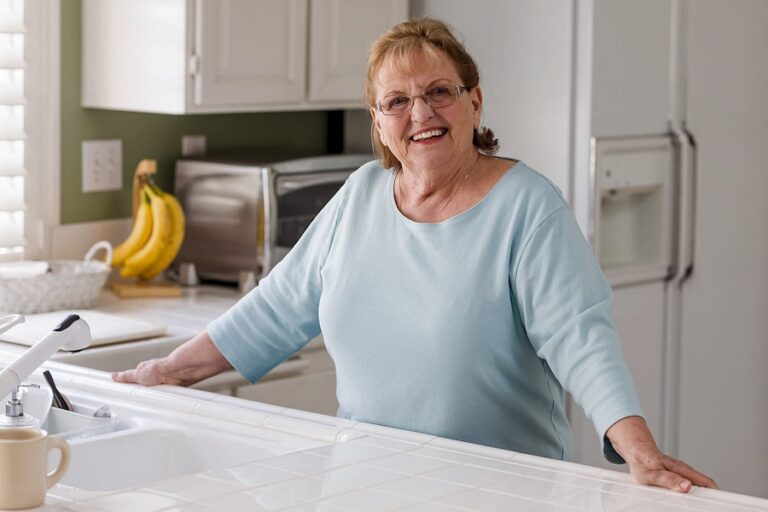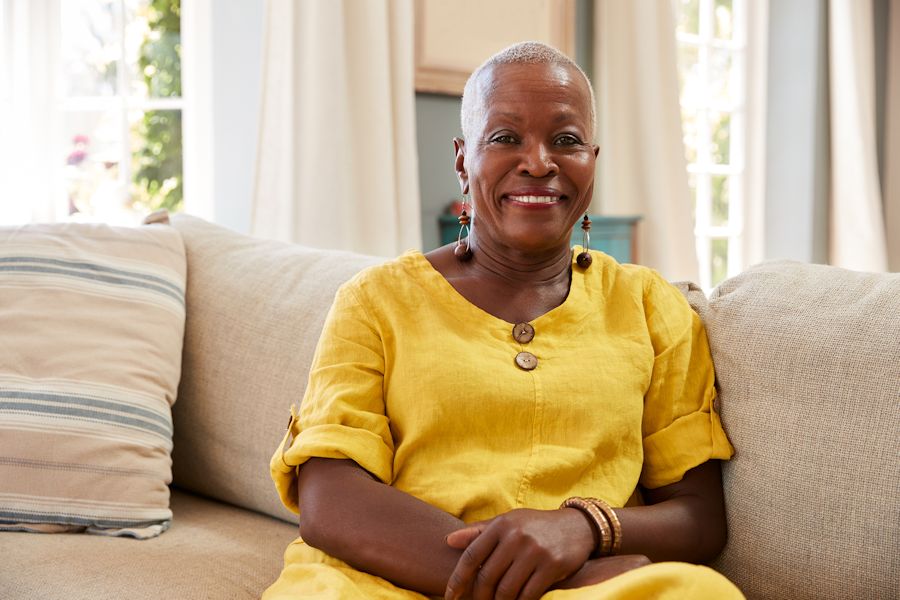
Living with Varicose Veins
Nobody wants them, but a lot of us have them. In fact, more people are living with varicose veins than you may even imagine. That’s because aging happens to be one of the top causes of the condition.
Think about it… the veins in our legs are constantly working against gravity to keep blood moving uphill and back to our heart. It shouldn’t be surprising that they are affected by the passing of time and the wear and tear of living.
The good news is varicose veins usually are not dangerous. Some may be unpleasing cosmetically and some may cause some discomfort and pain. But, because varicose veins usually involve veins that are close to the surface of the skin, the condition rarely leads to more serious health problems.
However, with severe varicose veins, there is a small chance of developing blood clots in deeper veins. Blood clots are quite dangerous and require immediate medical care. Symptoms of blood clots tend to include pain, swelling, and redness of the leg. It is very important to seek medical attention immediately if you experience these signs.
There are medical treatments available for varicose veins. The latest techniques are far easier and safer than procedures used for our parents’ generations. If you would like to know more about treatment options, check with your doctor about your specific situation.
The following tips may be helpful in reducing the discomfort, improving the look, and slowing the progression of varicose veins.
Tips from folks living with varicose veins…
- Ask your doctor about compression socks. Wearing compression stockings/socks can help improve blood circulation in your legs. To work effectively, compression stockings/socks must fit properly. Your doctor and pharmacist can help you find the right size.
- Keep the blood flowing in your legs. Avoid sitting or standing for prolonged periods. The blood in your legs can not flow as well when you remain in the same position for a long time. Make sure to get up and move around at least every 20 – 30 minutes.
- Think about how you sit. When seated, uncross your legs and prop your feet. Many of us cross our legs out of habit, but sitting with your legs crossed for too long can slow blood flow in your legs. Instead, place your feet on a footrest or ottoman. If you can’t prop your feet, keep them flat on the floor or crossed at the ankles.
- Elevate your legs when lying down. Raising your legs above the level of your heart helps improve blood flow. Just ten minutes at a time will help. Try lying on your back on a bed with your feet propped on pillows.
- Keep your weight under control. Being overweight can put added pressure on your veins, impeding blood flow and aggravating varicose veins.
- Stay active. Moving helps keep your leg muscles strong and improves circulation. Try to fit in some form of exercise appropriate to your physical condition and health. It could be swimming, biking, dancing, or taking a walk. Your doctor can help you identify the healthiest ways for you to stay active.


Age Adds Flavor
We are not old, we are seasoned!
Don’t forget to visit us on FACEBOOK!
